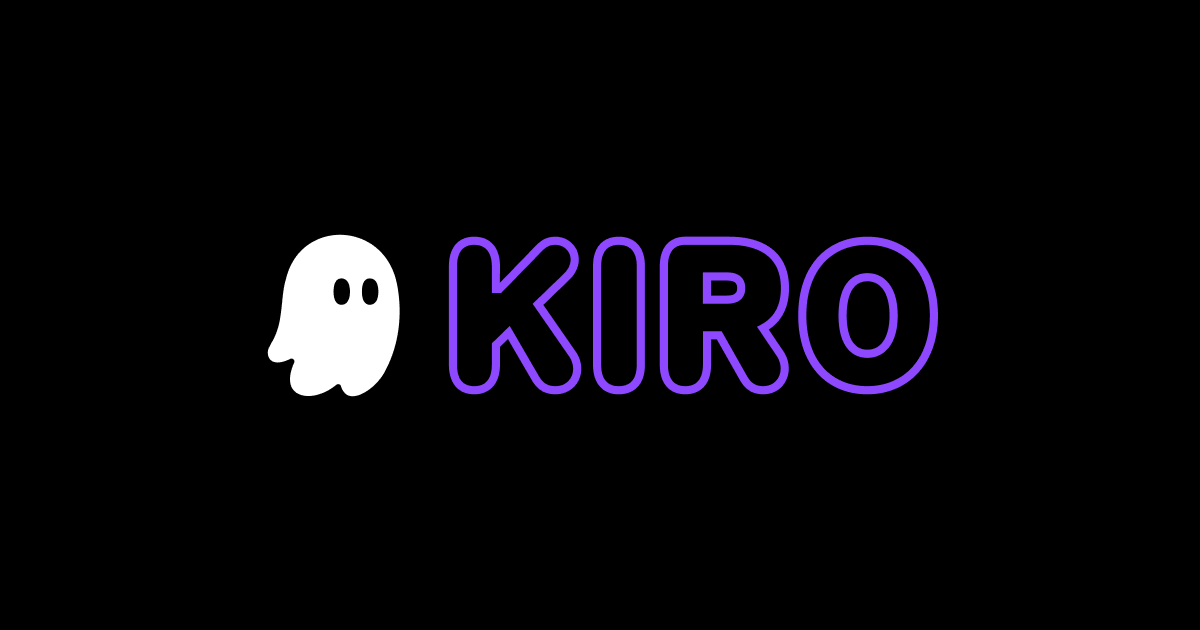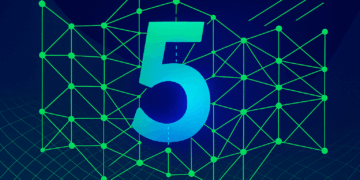Amazon introduces Kiro, a new AI development environment aimed at bridging the gap between prototypes and production-ready software.
Kiro uses “specs” to automate the process from idea to implementation in three stages. When a developer enters a prompt like “Add a review system for products,” Kiro generates user stories for functions such as displaying, creating, and evaluating reviews. Each story includes acceptance criteria that cover edge cases developers would usually handle manually.
Video: Amazon Web Services
In the next step, Kiro scans the existing codebase and generates technical design documents, including data flow diagrams, TypeScript interfaces, and database schemas.
Kiro then breaks the project down into development tasks, sorts them by dependency, and links each one to the original requirements. Every task includes details like unit tests, integration tests, loading states, and accessibility.
Video: Amazon Web Services
Developers work through these tasks in a dedicated interface that tracks progress, shows code diffs, and keeps a full work history. Specs remain synced with the code throughout development, which helps avoid the pitfalls of manual documentation.
Video: Amazon Web Services
Kiro also adds “hooks” designed to keep code quality in check. According to Amazon, they react automatically to certain events, such as saving files, and then carry out quality checks. AWS describes them as an “experienced developer” that catches errors and performs routine tasks in the background.
They update tests when React components change, keep API documentation up to date, and scan for security vulnerabilities before commits. Once set up and pushed to the Git repository, these rules apply across the entire team, easing the burden of manual code reviews. Kiro also integrates with external tools using the Model Context Protocol (MCP).
From the same prompt, Cursor makes a game with 566 lines of code, Claude code with 683 lines and Kiro with 5543 lines of code. | Video: @suemaruuuuuuuuuuuuX/X
Navigating a red ocean of AI coding tools
Kiro joins Amazon’s Q Developer as part of its expanding lineup of AI coding tools. Like the popular IDE Cursor, Kiro is built on Microsoft’s open source Visual Studio Code platform, making it easy to plug into existing workflows and extend with plugins. The tool is currently free for Mac, Windows, and Linux, but requires joining a waitlist and logging in with Google or Github.
By default, Kiro runs on Claude Sonnet 4 and 3.7, with support for more models planned. AWS and Claude developer Anthropic have a long-standing partnership that includes billions of dollars in investment from Amazon.
The competition is fierce. Anysphere, the company behind Cursor, is reportedly valued at $9 billion. Cognition recently acquired rival Windsurf after most of Windsurf’s team was “acqui-hired” by Google instead of OpenAI. Other major players are moving fast with their own AI coding tools, including ByteDance’s TRAE, Anthropic’s Claude Code, Google’s Gemini Code Assist, and Microsoft’s Github Copilot.














